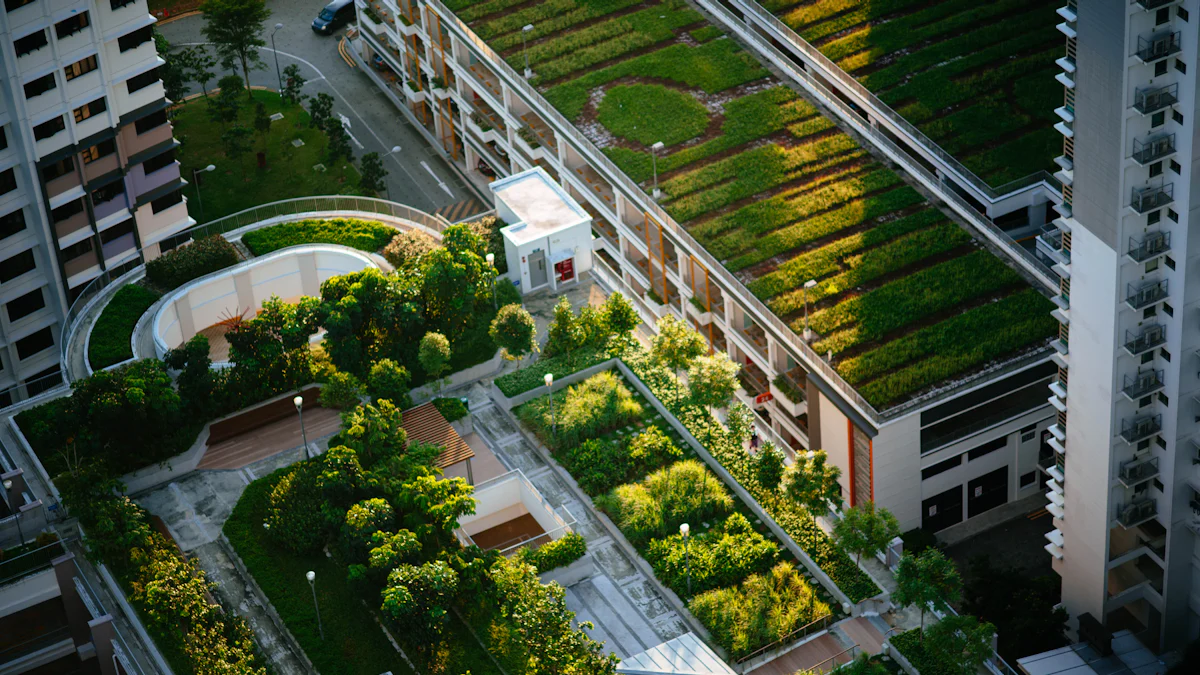
Imagine stepping onto a rooftop garden that not only looks stunning but also helps solve some of the biggest urban challenges. That’s the power of green roof mix. It’s more than just soil—it’s a game-changer for cities and homeowners alike. With urban areas facing rising temperatures, green roofs can lower the urban heat island effect, which often causes a +1 ºF temperature difference between cities and rural areas. They also reduce water runoff and energy use, making them a smart choice for sustainable living.
As you start preparing for spring 2025 for outdoor projects, green roof mix offers a practical way to create vibrant, eco-friendly spaces. With tax incentives and a growing demand for sustainable landscaping, now’s the perfect time to transform your rooftop into a green oasis.
Key Takeaways
Green roof mix is made just for rooftops. It is light, drains well, and helps plants grow strong.
Adding a green roof can lower energy bills a lot. It keeps buildings cooler in summer and warmer in winter.
Green roofs handle rainwater well. They can cut water runoff by half, stopping floods and helping city systems.
Picking the right green roof mix is very important. Think about your weather, roof type, and plants to do it right.
Taking care of your green roof is important. Check it every year, clean off trash, and use slow-release plant food for healthy plants.
What Is Green Roof Mix?
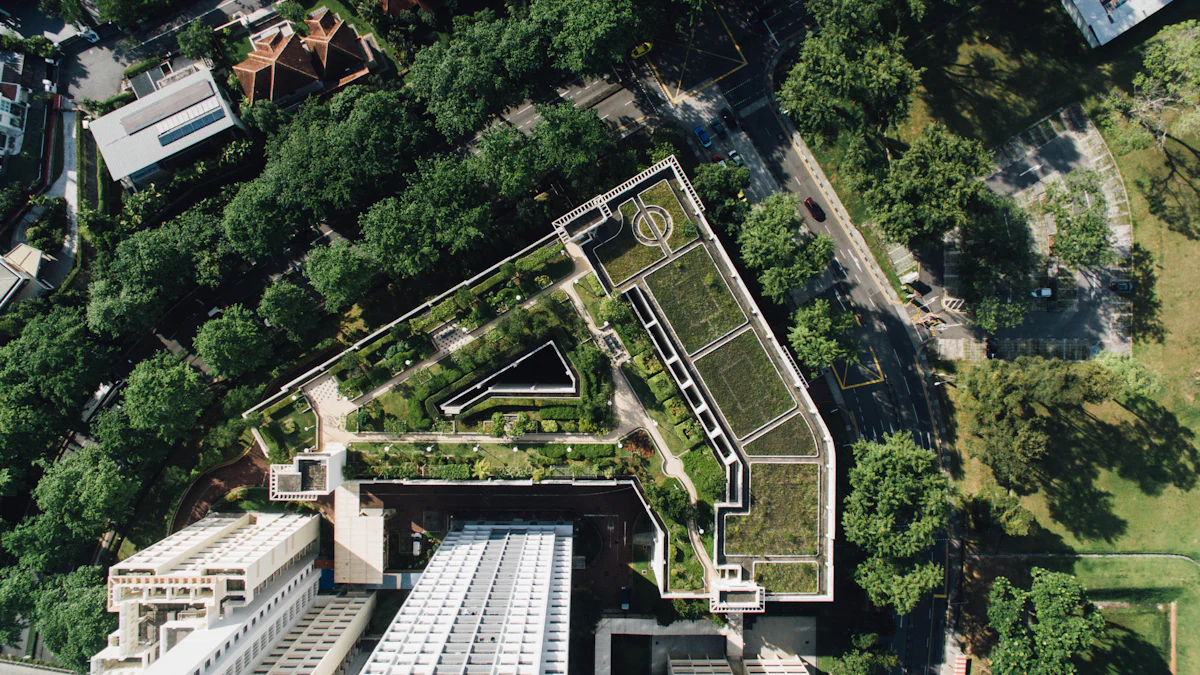
Defining Green Roof Mix
Components and Composition
Green roof mix isn’t your average garden soil. It’s a specially engineered blend designed to thrive in rooftop environments. You’ll find it lightweight yet packed with features that make it perfect for urban gardening. Here’s what makes it unique:
It’s formulated to manage weight, ensuring your roof can handle the load.
It offers excellent drainage, preventing water from pooling and damaging plants.
It supports root growth, giving your plants the foundation they need to flourish.
It enhances energy efficiency by providing insulation.
The mix typically includes a combination of materials like pine bark, pumice, compost, sand, and peat. These components work together to retain nutrients, improve aeration, and create a sustainable environment for plant life. Whether you’re growing hardy succulents or lush greenery, this mix has you covered.
How It Supports Plant Life
Rooftop gardens face unique challenges, but green roof mix rises to the occasion. Its lightweight nature reduces stress on your building while still holding enough moisture to keep plants hydrated. The blend also ensures roots get the oxygen they need, even in compact spaces. Plus, it’s designed to retain essential nutrients, so your plants stay healthy and vibrant. With the right mix, you can create a thriving ecosystem right above your head.
Types of Green Roof Mix
Extensive vs. Intensive Systems
When it comes to green roofs, you’ve got two main options: extensive and intensive systems. Each has its own soil requirements and benefits:
Extensive Green Roofs: These are the most common in urban areas. They use a shallow soil layer, usually 2-6 inches deep, and feature hardy, drought-resistant plants. Extensive systems are lightweight, require minimal maintenance, and can often be installed on existing rooftops.
Intensive Green Roofs: These systems go deeper, with soil layers ranging from 6-24 inches or more. They support a wider variety of plants, including shrubs and small trees. While they offer more design flexibility, they’re heavier and need more upkeep.
Choosing between the two depends on your building’s structure and your gardening goals. Extensive systems are great for low-maintenance projects, while intensive systems let you create a more diverse and lush landscape.
Custom Blends for Specific Needs
Not all green roofs are the same, and neither are their soil requirements. Custom blends allow you to tailor the mix to your specific needs. For example, if you’re working in a dry climate, you might need a mix that retains more moisture. If your plants have unique nutrient or pH requirements, the blend can be adjusted to match. Lightweight soil is also crucial for buildings with weight restrictions. By customizing your green roof mix, you can ensure your plants thrive while meeting the demands of your project.
Benefits of Green Roof Mix
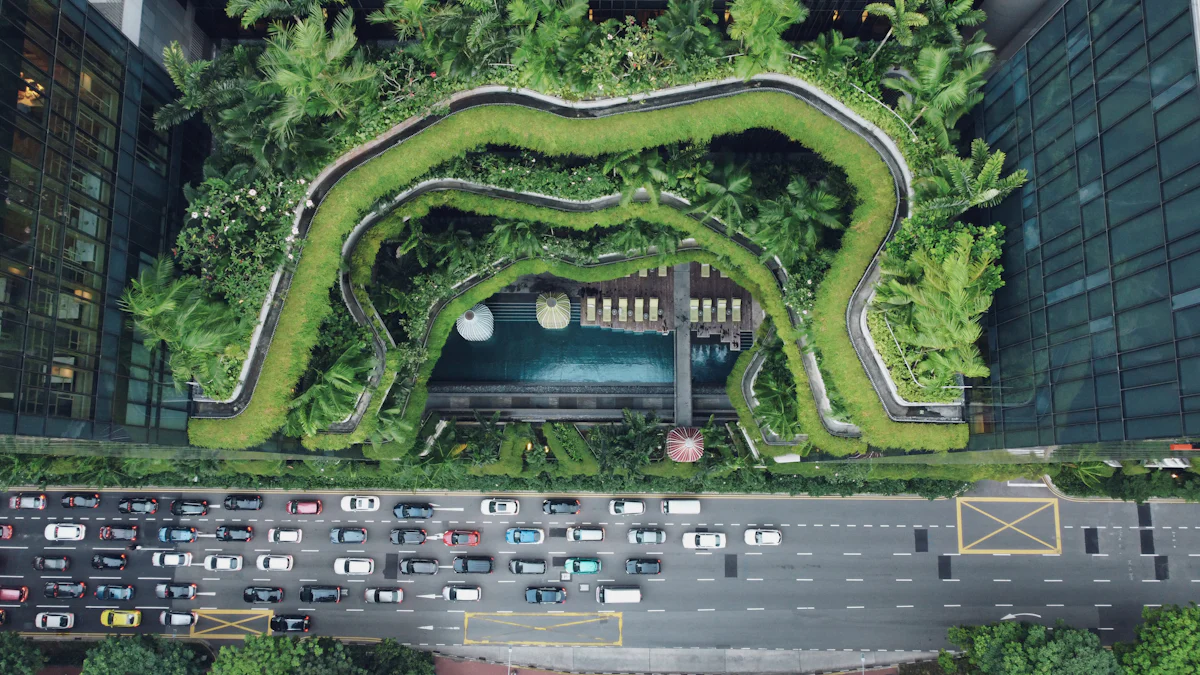
Environmental Advantages
Stormwater Management
Green roof mix is a powerhouse when it comes to managing stormwater. It acts like a sponge, soaking up rainwater and reducing the amount that flows into city sewer systems. This retention can cut stormwater runoff by up to 50%, which means fewer floods and less strain on urban infrastructure. Imagine if half of downtown Portland had green roofs—it could hold back an incredible 66 million gallons of water each year, preventing 17 million gallons of sewer overflows. Plus, green roofs help recharge underground aquifers, making them a win for both cities and the environment.
Mitigating Urban Heat Island Effect
Cities often feel hotter than surrounding areas because of all the concrete and asphalt. Green roofs help cool things down. They reflect heat and use evapotranspiration—a process where plants release water vapor—to lower air temperatures. This cooling effect not only makes urban spaces more comfortable but also reduces the need for air conditioning. Certain plants, like sedum, paired with organic substrates, can boost these cooling benefits even further. By installing green roofs, you’re not just improving your building—you’re helping your entire city stay cooler.
Energy Efficiency and Cost Savings
Insulation Properties
Green roof mix doesn’t just support plants; it also insulates your building. The lightweight soil moderates heat transfer, keeping your space cooler in summer and warmer in winter. This natural insulation reduces the workload on your HVAC system, saving energy and cutting costs. It’s like giving your building a cozy, eco-friendly blanket.
Reducing Cooling and Heating Costs
With better insulation, you’ll notice a drop in your energy bills. Green roofs reduce the need for air conditioning by cooling the air and roof surfaces. In winter, they trap heat, lowering heating expenses. Over time, these savings can offset installation costs, making green roofs a smart long-term investment. Some studies even show they can pay for themselves in as little as five years.
Promoting Biodiversity
Creating Habitats for Pollinators
Urban areas often lack natural habitats, but green roofs can change that. They provide a home for pollinators like bees and butterflies, which are essential for food production. By planting wildflowers and other native species, you can create a thriving ecosystem right on your roof. These living spaces are a lifeline for pollinators in cities where green space is scarce.
Enhancing Urban Green Spaces
Green roofs do more than just look pretty—they bring life to otherwise barren rooftops. They attract birds, insects, and other wildlife, turning your building into a mini nature reserve. This boost in biodiversity improves urban aesthetics and makes cities more livable. Plus, having more green spaces contributes to community well-being, giving people a place to connect with nature even in the heart of the city.
Overcoming Challenges in Green Roof Environments
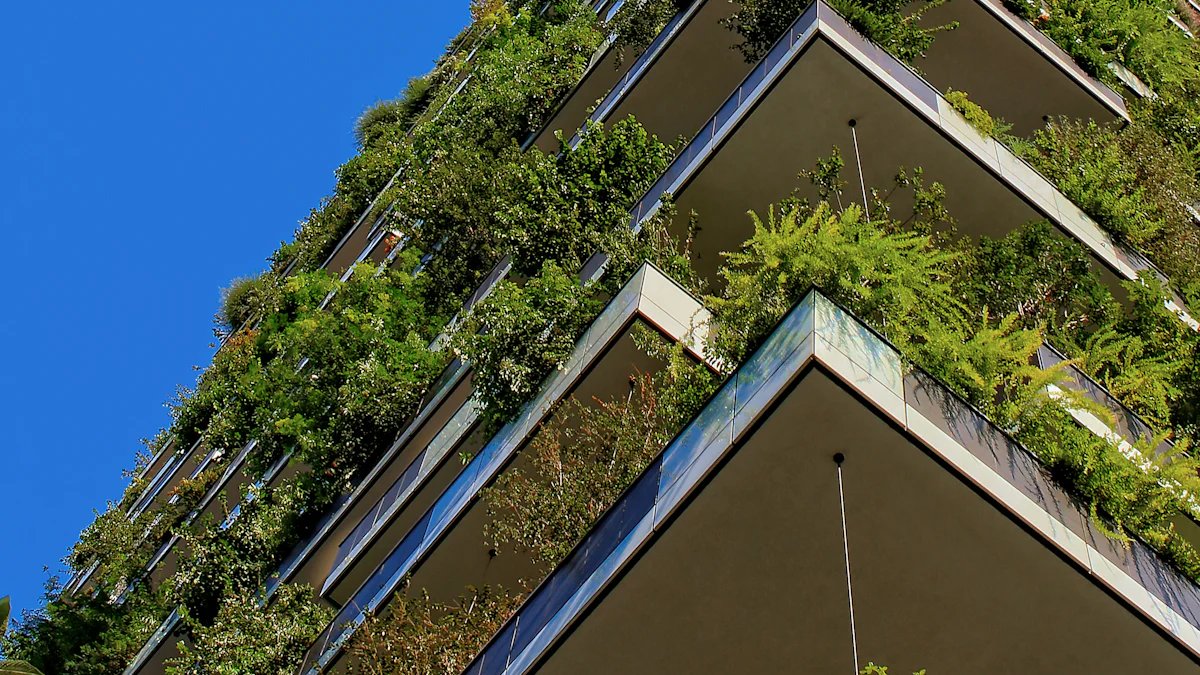
Even with all their benefits, green roofs come with their own set of challenges. But don’t worry—these obstacles are manageable with the right strategies. Let’s explore how you can tackle weight, drainage, urban resilience, and sustainability to ensure your green roof thrives.
Weight and Drainage Solutions
Lightweight Design
Weight is one of the biggest concerns when installing a green roof. Your building needs to support an additional 15 to 30 pounds per square foot for extensive systems. That might sound like a lot, but lightweight designs make it easier. Extensive green roofs, for example, use a shallow growing medium (about 2 to 6 inches deep) to reduce weight. Lightweight growing media, made from engineered blends of aggregates, sands, and composts, also help. These materials retain water and nutrients without adding unnecessary bulk.
Tip: If your structure has weight limitations, opt for an extensive green roof. It’s low-maintenance and perfect for lighter buildings.
Optimized Drainage and Aeration
Drainage is just as important as weight. Without proper drainage, water can pool and damage your plants. Green roof mixes often include sand-based growing media with expanded clay or slate. These materials improve aeration and prevent overland flow. They also ensure your plants get the moisture they need without drying out too quickly.
Challenge | Description |
|---|---|
Weight | The structural capacity must support an additional 15 to 30 pounds per square foot for extensive green roofs. |
Drainage | Proper drainage is essential to prevent overland flow and rapid drying of the growing media. |
Resilience to Urban Conditions
Drought Resistance
Urban environments can be harsh, especially during dry spells. But you can make your green roof drought-resistant by choosing the right plants. Succulents like Opuntia cacanapa and Agave parryi store water internally, making them perfect for hot, dry conditions. Some plants even enter dormancy during droughts, conserving energy until water becomes available.
Fun Fact: Research shows that plants adapted to drier regions can survive on green roofs without irrigation. That’s a win for both your garden and the environment!
Adaptability to Microclimates
Every rooftop has its own microclimate. Some areas might get more sun, while others stay shaded. The good news? Green roof mixes and carefully selected plants can adapt to these conditions. For example, species like Opuntia cacanapa have thrived in extreme heat and drought, proving their resilience. By diversifying your plant selection, you can create a roof that flourishes no matter the weather.
Long-Term Sustainability
Preventing Soil Compaction
Soil compaction can limit root growth and reduce drainage. To avoid this, use a mix designed for aeration and lightweight properties. Regular maintenance, like loosening the soil and removing debris, also helps keep your green roof healthy.
Supporting Plant Longevity
A thriving green roof isn’t just about the first year—it’s about the long haul. Conduct annual soil tests to check nutrient levels and use slow-release organic fertilizers to minimize runoff. Removing dried vegetation before spring growth ensures your plants stay vibrant. Documenting your maintenance efforts with photos can also help you track progress and make adjustments as needed.
Pro Tip: Regular inspections—at least once a year—are key to keeping your green roof sustainable. A little care goes a long way in supporting plant longevity.
By addressing these challenges head-on, you can create a green roof that’s not only beautiful but also built to last. With the right mix and strategies, your rooftop garden will thrive in any environment.
Tips for Preparing for Spring 2025 for Outdoor Projects
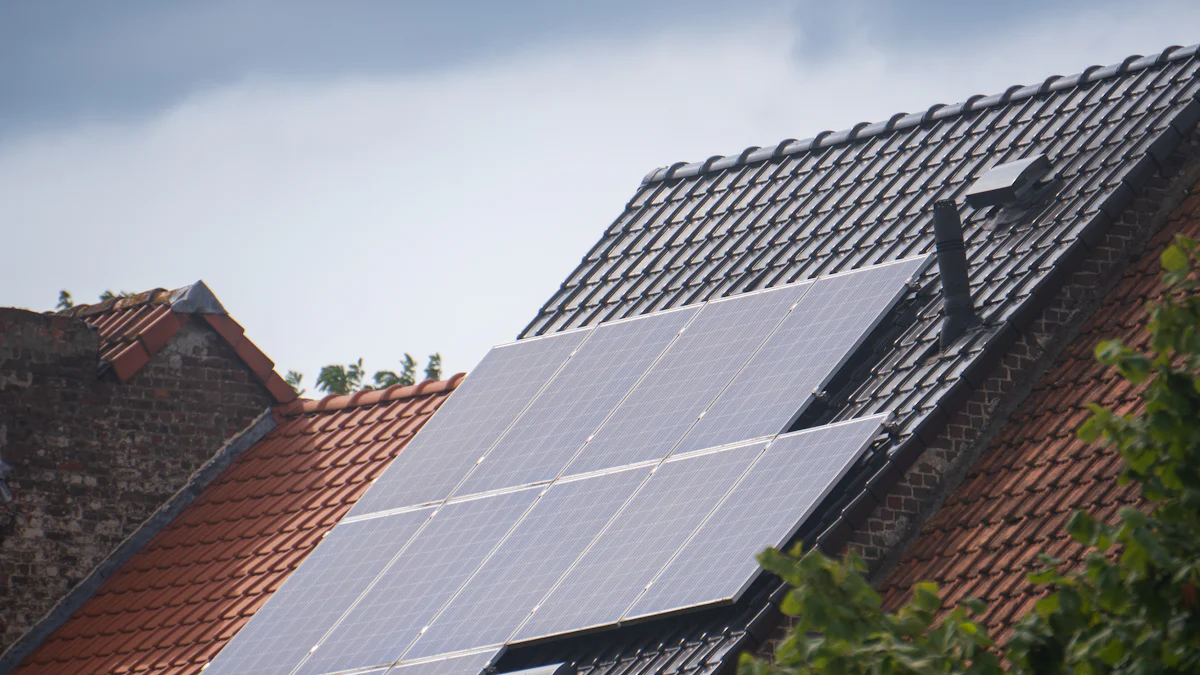
Selecting the Right Green Roof Mix
Factors to Consider (Climate, Roof Type, Plant Selection)
Choosing the right green roof mix is crucial for your project’s success. Start by considering these factors:
Climate: Your local weather conditions play a big role. In dry climates, look for mixes with moisture-retaining materials like pumice or vermiculite. For wetter areas, expanded clay ensures proper drainage.
Roof Type: The structural load capacity and slope angle of your roof determine the type of mix you need. Lightweight blends are ideal for extensive systems, while intensive systems can handle deeper, heavier soils.
Plant Selection: Match your mix to the plants you want to grow. Drought-resistant plants thrive with lightweight, well-draining mixes, while lush greenery may need nutrient-rich blends.
Don’t forget to define your green roof’s purpose. Whether it’s for energy efficiency, biodiversity, or aesthetics, aligning your goals with the right mix ensures long-term success.
Consulting with Experts
Experts can simplify the process and save you time. A landscape architect, for example, can analyze your site, design the green roof system, and even prepare a maintenance plan. Here’s how they can help:
Actor | Definition | Potential Roles |
|---|---|---|
Landscape Architect | Licensed professional in natural environment design. | * Site analysis. * System design. * Maintenance planning. * Cost estimation. |
Collaborating with professionals ensures your project meets structural and environmental requirements.
Application and Installation
Preparing the Roof Surface
Before installation, prepping your roof is essential. Follow these steps:
Add a waterproofing layer to protect your roof from water damage.
Install a drainage system to manage water flow and prevent pooling.
Use a high-quality growing medium that balances drainage and nutrient retention.
These steps create a solid foundation for your green roof, ensuring it thrives for years to come.
Ensuring Proper Layering and Depth
Layering is key to a successful green roof. Start with a waterproofing layer, followed by a drainage layer, and then the growing medium. Evaluate the planting depth based on your roof type and plant selection. For extensive systems, keep the depth shallow (2-6 inches). Intensive systems require deeper layers to support larger plants.
Tip: Use lightweight materials like perlite or coconut coir to prevent soil compaction and maintain aeration.
Maintenance for Optimal Results
Regular Inspections and Adjustments
Inspect your green roof at least once a year. During the establishment phase, check more frequently to ensure plants are rooting well. Look for signs of drainage issues, pests, or nutrient deficiencies. If something seems off, adjust your maintenance plan accordingly.
Fertilization and Irrigation Guidelines
Proper fertilization and irrigation keep your green roof healthy. Use slow-release organic fertilizers in spring to minimize runoff and provide steady nutrients. During the establishment period, water regularly unless there’s sufficient rainfall. Once your plants are established, drought-tolerant species may not need additional irrigation.
Pro Tip: Monitor soil moisture during maintenance visits. Adjust irrigation based on weather conditions and plant health.
By following these tips, you’ll be well on your way to preparing for spring 2025 for outdoor projects. A little planning now ensures your green roof will flourish when the season arrives.
Green roof mix is more than just a gardening tool—it’s a transformative solution for urban sustainability. By using it, you’re not only enhancing your rooftop but also contributing to a healthier planet. The benefits are undeniable:
It improves energy efficiency by insulating buildings and reducing greenhouse gas emissions.
It manages stormwater, cutting runoff and easing the strain on city infrastructure.
It beautifies urban spaces, creating vibrant green areas that promote well-being.
Plus, green roofs boost property value and create new job opportunities in design, installation, and maintenance. As you’re preparing for spring 2025 for outdoor projects, choosing the right green roof mix can make all the difference. With proper planning and care, you’ll create thriving green spaces that benefit both you and your community.
🌱 Tip: Start small, consult experts, and watch your rooftop garden flourish into a sustainable masterpiece!
FAQ
What makes green roof mix different from regular soil?
Green roof mix is lightweight and designed for rooftop conditions. It offers better drainage, aeration, and nutrient retention. Regular soil is too heavy and doesn’t provide the same support for plants in elevated environments.
Tip: Always choose a mix specifically engineered for green roofs to avoid structural issues.
Can I install a green roof on any building?
Not every building can support a green roof. You’ll need to check your roof’s weight capacity and slope. Extensive systems work well for most structures, while intensive systems require stronger support.
Note: Consult a structural engineer before starting your project.
How much maintenance does a green roof need?
Green roofs are low-maintenance once established. You’ll need to inspect them annually, remove debris, and fertilize occasionally. During the first year, water regularly to help plants root.
🌱 Pro Tip: Use drought-resistant plants to reduce long-term irrigation needs.
Are green roofs expensive to install?
The cost depends on the system type and size. Extensive systems are more affordable, while intensive systems cost more due to deeper soil and plant variety. Over time, energy savings and tax incentives can offset installation costs.
Fun Fact: Green roofs can pay for themselves in as little as five years!
What plants work best for green roofs?
Succulents, sedum, and native wildflowers thrive on green roofs. These plants handle drought and extreme weather well. For intensive systems, you can grow shrubs or even small trees.
Tip: Match your plant selection to your local climate for the best results.
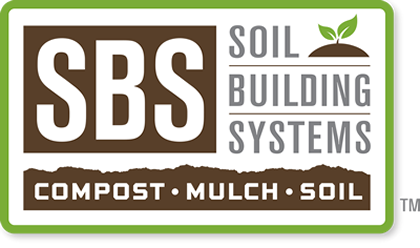

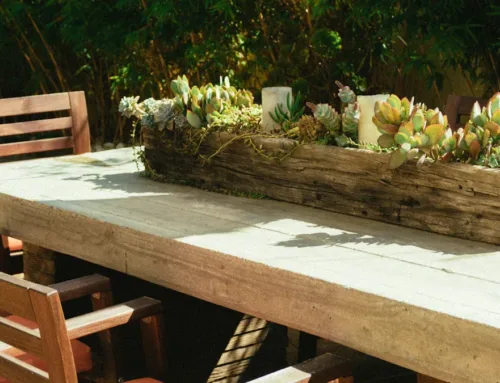
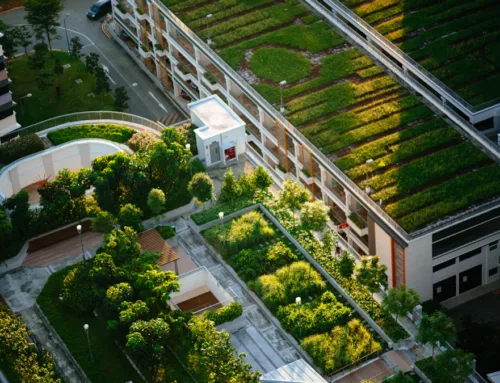
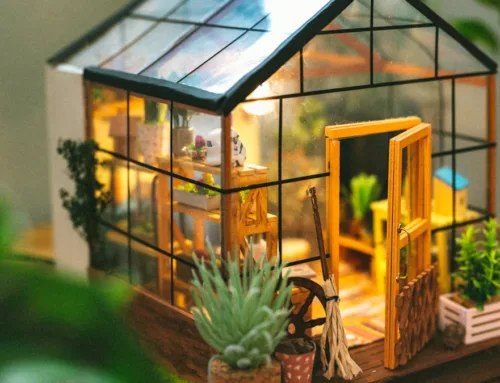
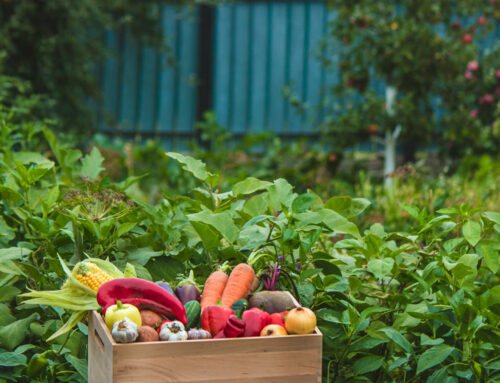

Leave A Comment